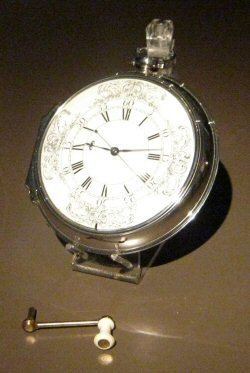The year 1759 in science and technology involved several significant events.
(Text) CC BY-SA

